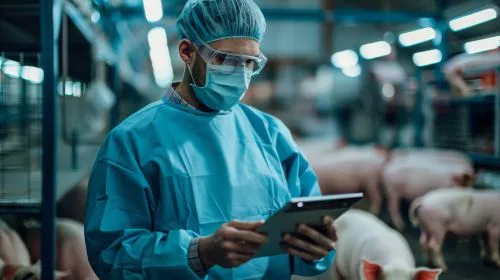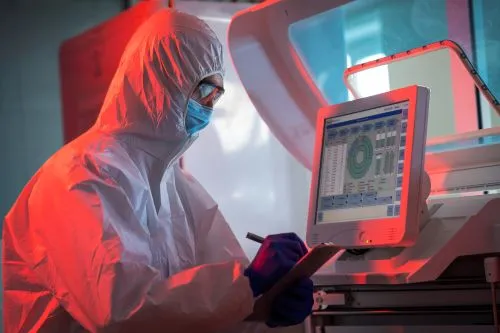1117

🏭 Innovations in the Slaughterhouse Industry: Global Standards and Future Perspectives
The slaughterhouse industry has evolved significantly in recent years, adopting cutting-edge technologies that focus on food safety, animal welfare, efficiency, and sustainability. Here are the most important innovations that define today’s global standards:
🤖 1. Automation and Robotics
Large slaughterhouses, such as those in Denmark, use advanced robots for operations like deboning, increasing efficiency and reducing sanitary and occupational risks. A relevant example is Canadian Crown in Horsens, which mitigates epidemic risks and maximizes processing speed .
📷 2. Digital Inspection and AI
Artificial intelligence technologies and video sensors are implemented for fast diagnostics: detection of lung or liver lesions, checking post-stunning agitation, and evaluating meat quality.
🐂 3. Animal Welfare Through Design
Modern facilities use curved ramps with solid walls, following Temple Grandin’s principles, to reduce animal stress before slaughter. Non-slip floors and fully automated sorting systems support animal welfare.
🌱 4. Waste Management and Renewable Energy
Smart slaughterhouses convert waste and by-products — blood, bones, scraps — into biogas, biomass, or fertilizers. This approach promotes the circular economy and reduces energy costs.
🛡️ 5. Regular Quality Monitoring and Traceability
RFID systems, automated scans, and temperature and humidity monitoring are integrated to comply with veterinary sanitary regulations and enable full traceability "from farm to fork".
🧠 6. Safety Culture and Professional Training
Intensive training based on measurable data (e.g., reduction of shocks or animals kicking during slaughter) improves operator behavior and the quality of the final product.
✅ Key Benefits
- Increased safety and precision in processing
- High standards of animal welfare
- Complete traceability and quality control
- Reduced labor costs and environmental impact
- Better access to demanding markets and certifications
🧭 Outlook for Romania
The implementation of these technologies in local slaughterhouses could be a step forward toward a more responsible and transparent industry. Producers, importers, and investors can build a significant competitive advantage — even in regional areas dedicated to processing.
(Photo: Freepik)




